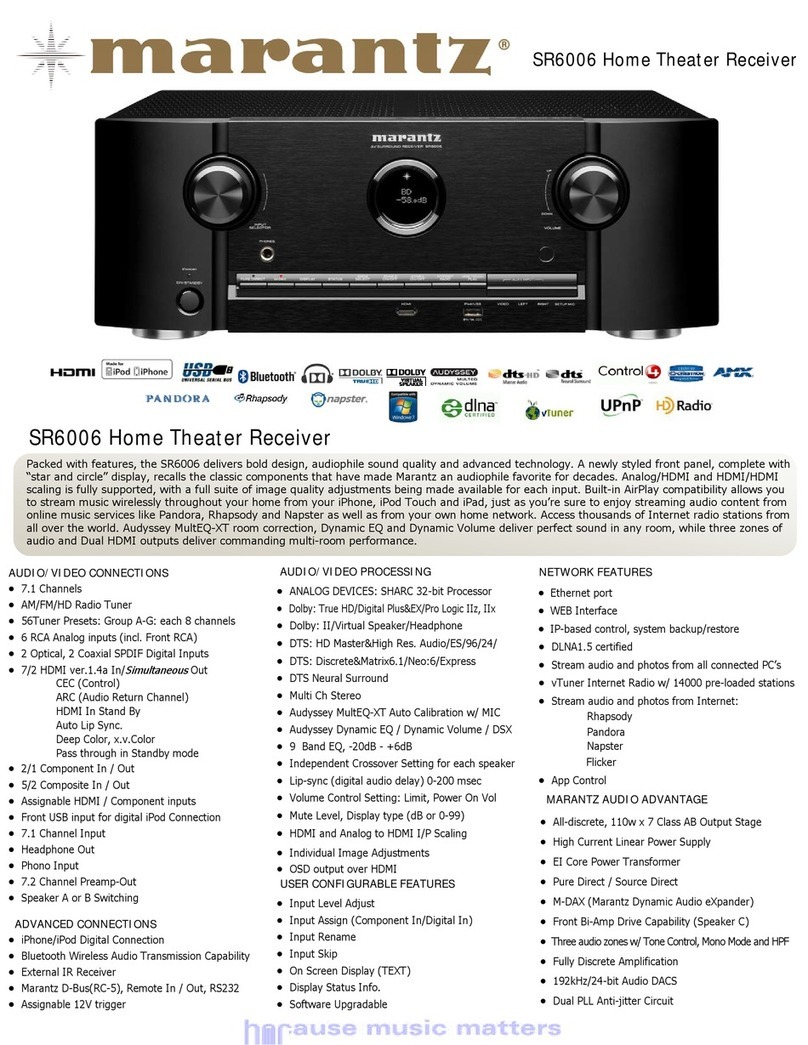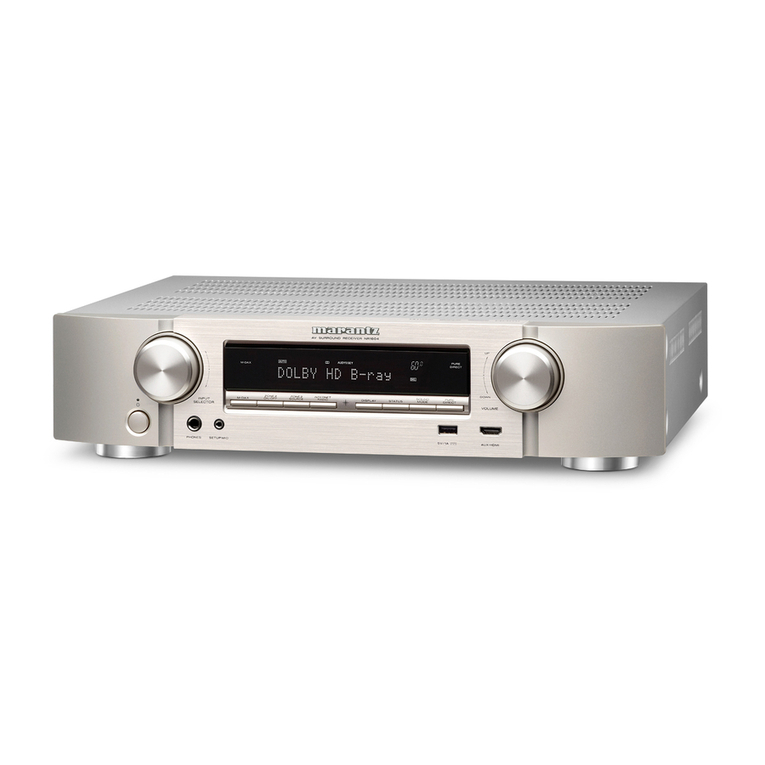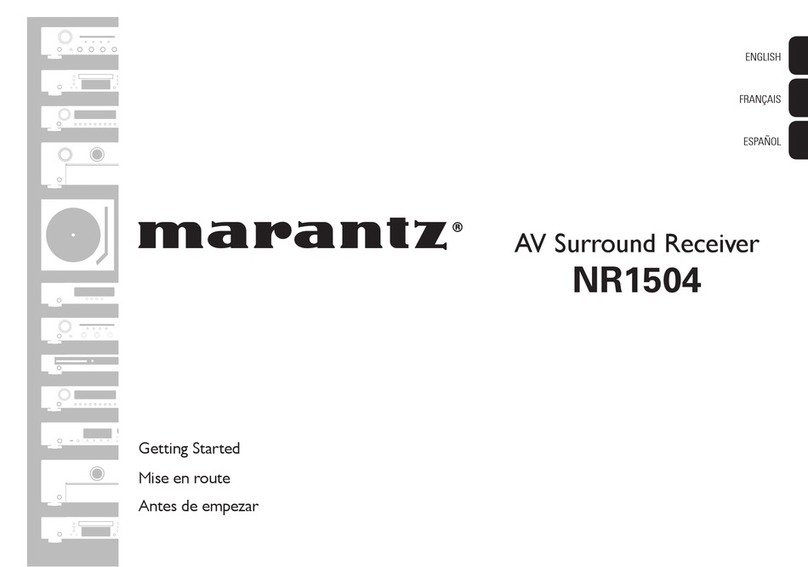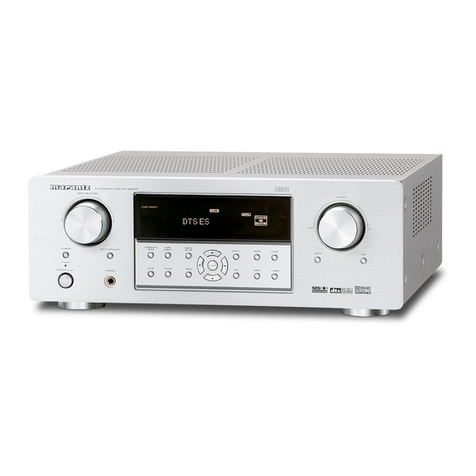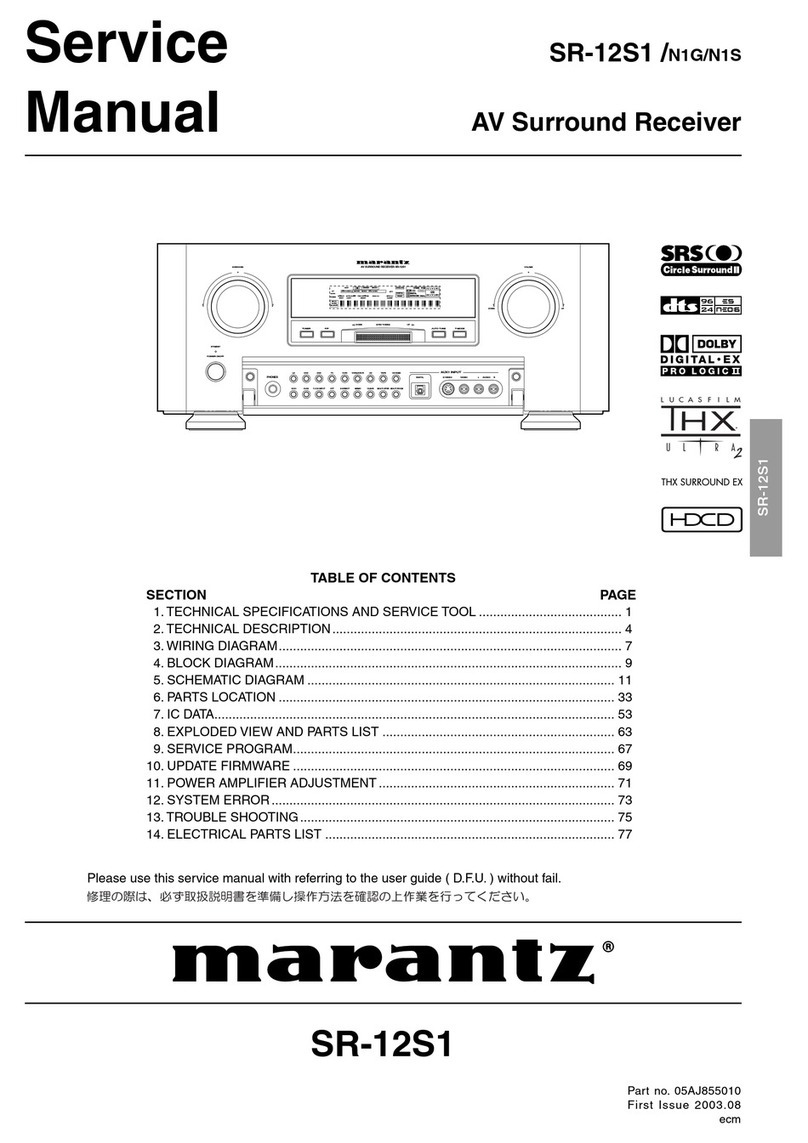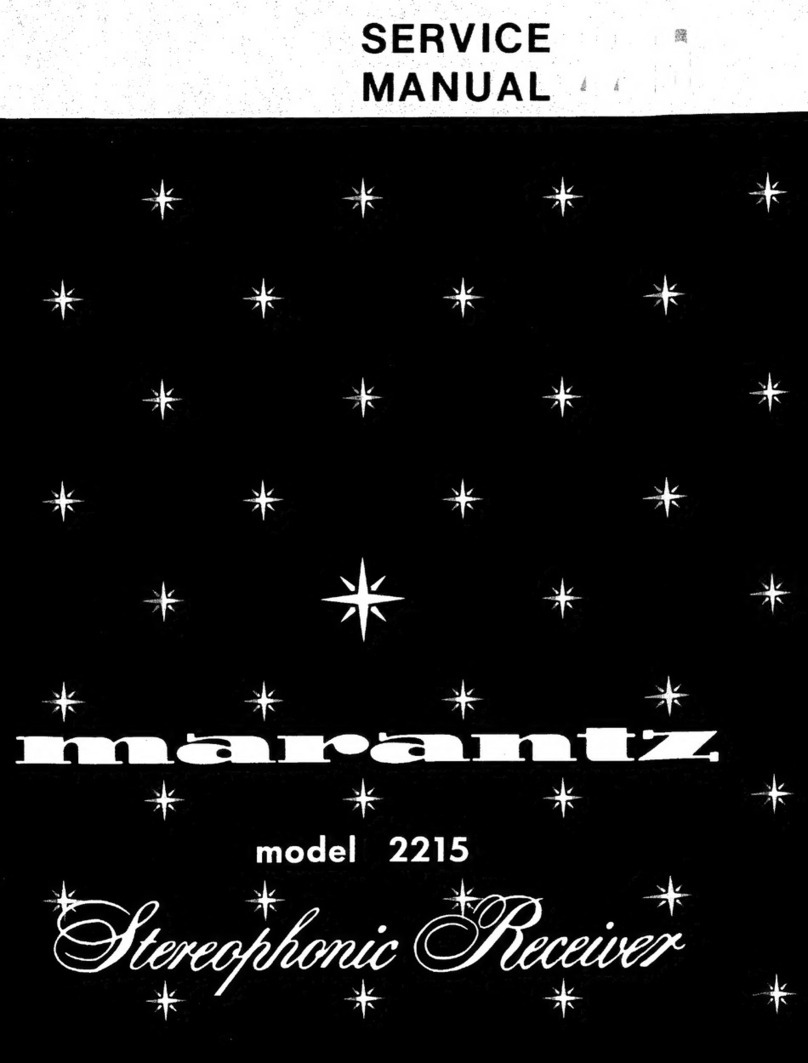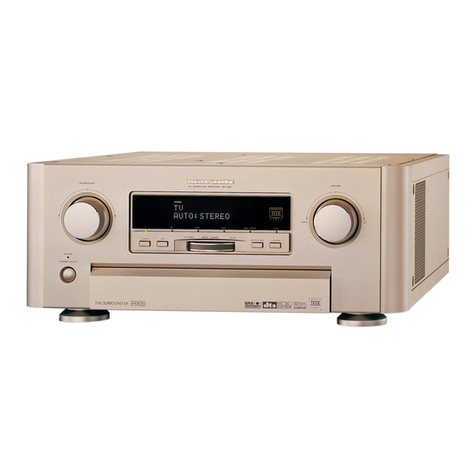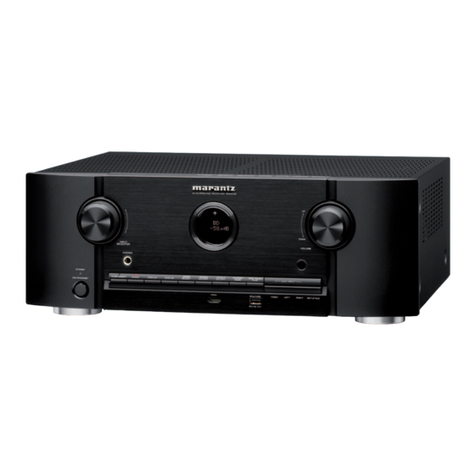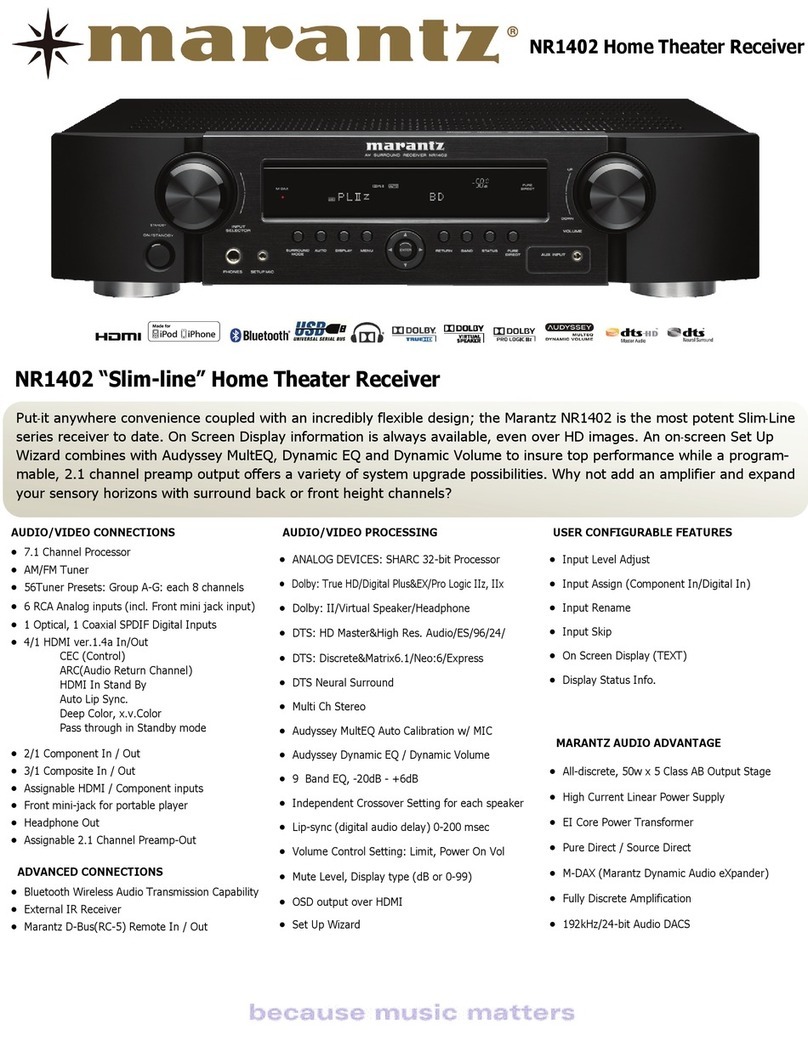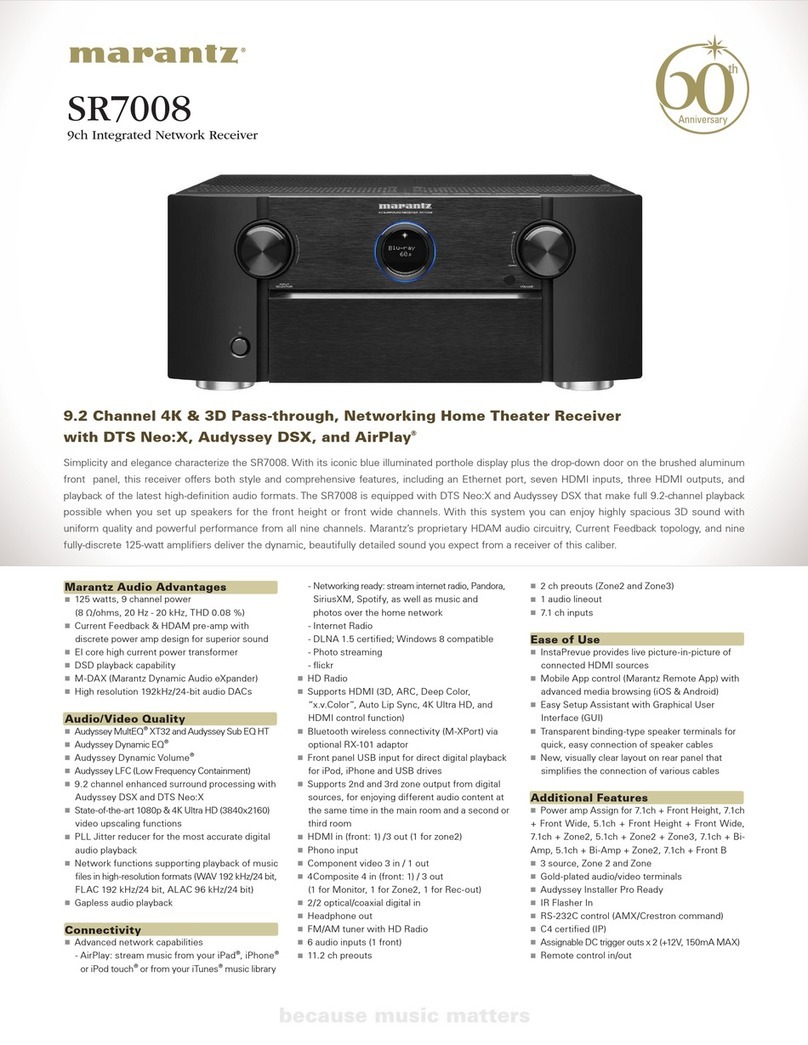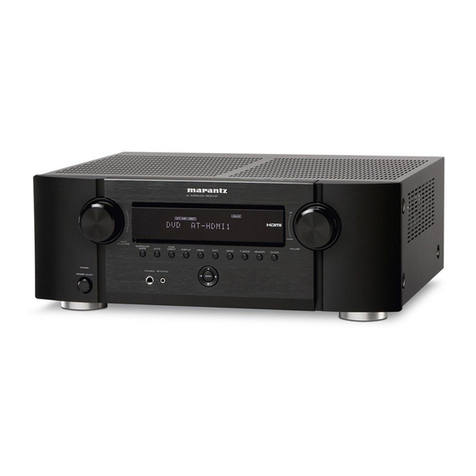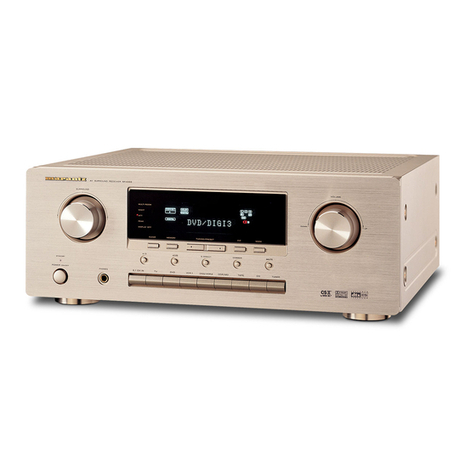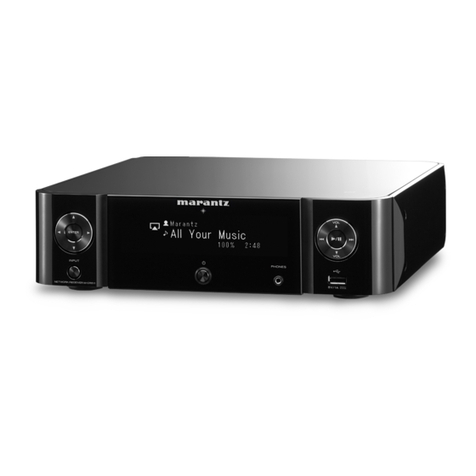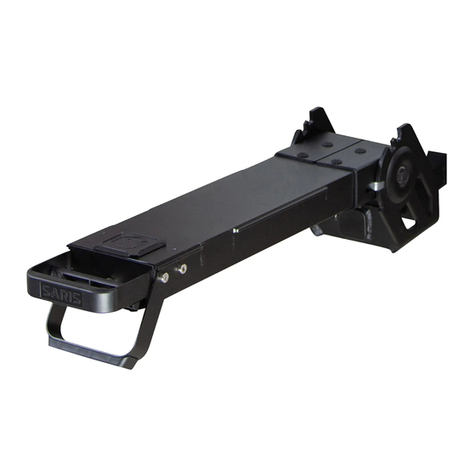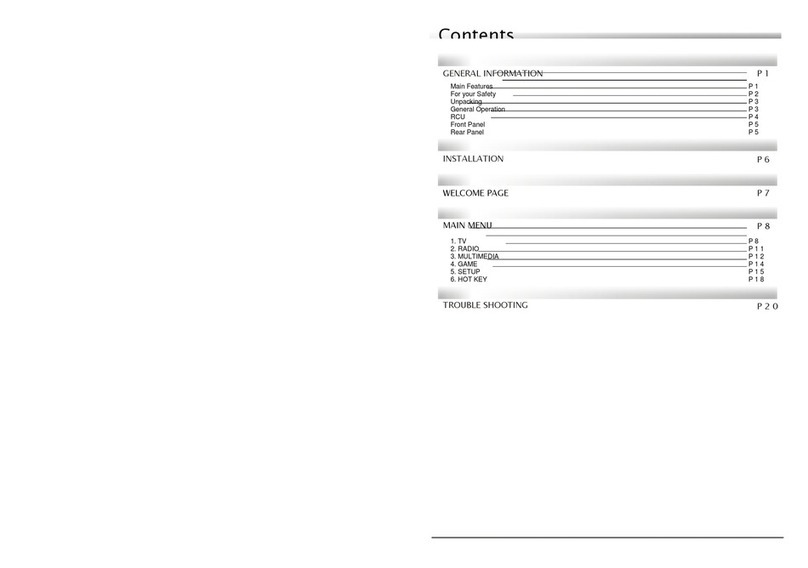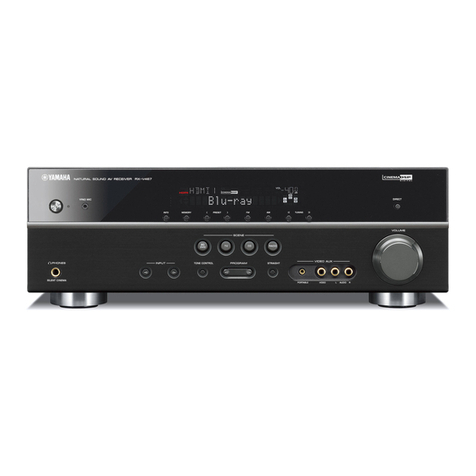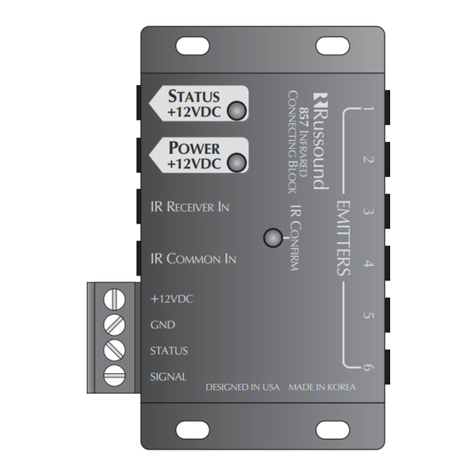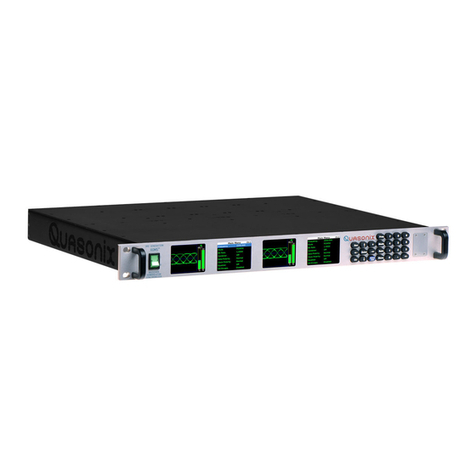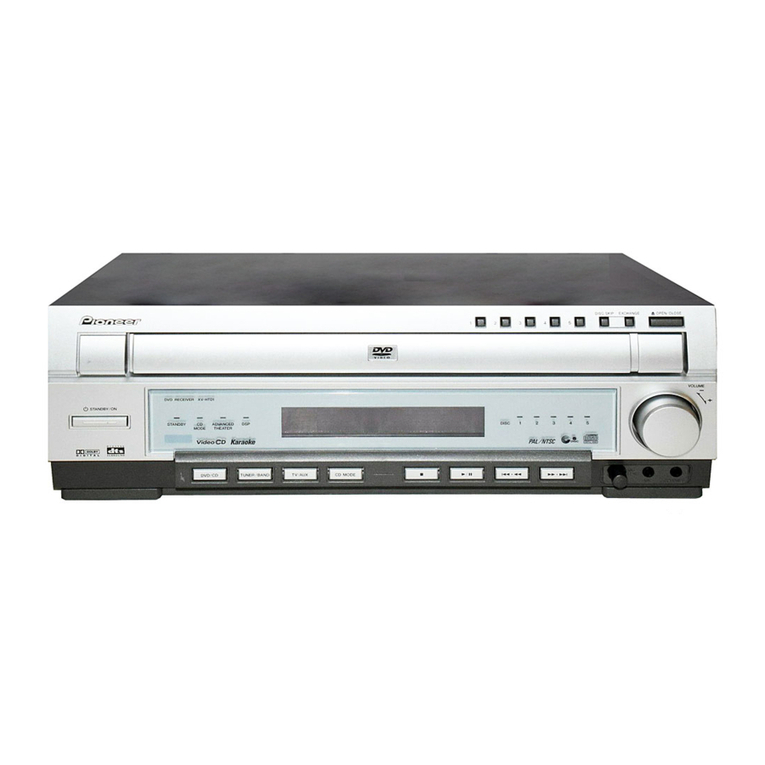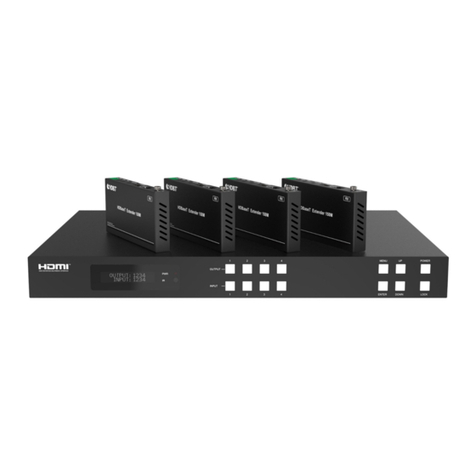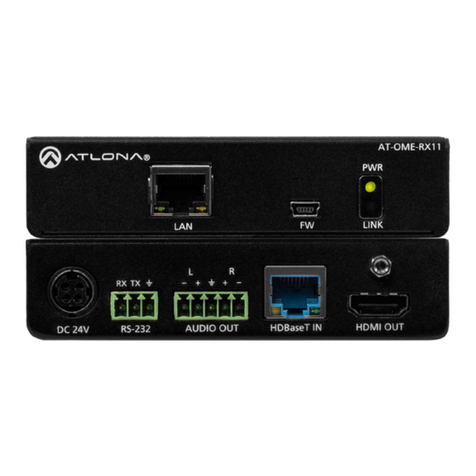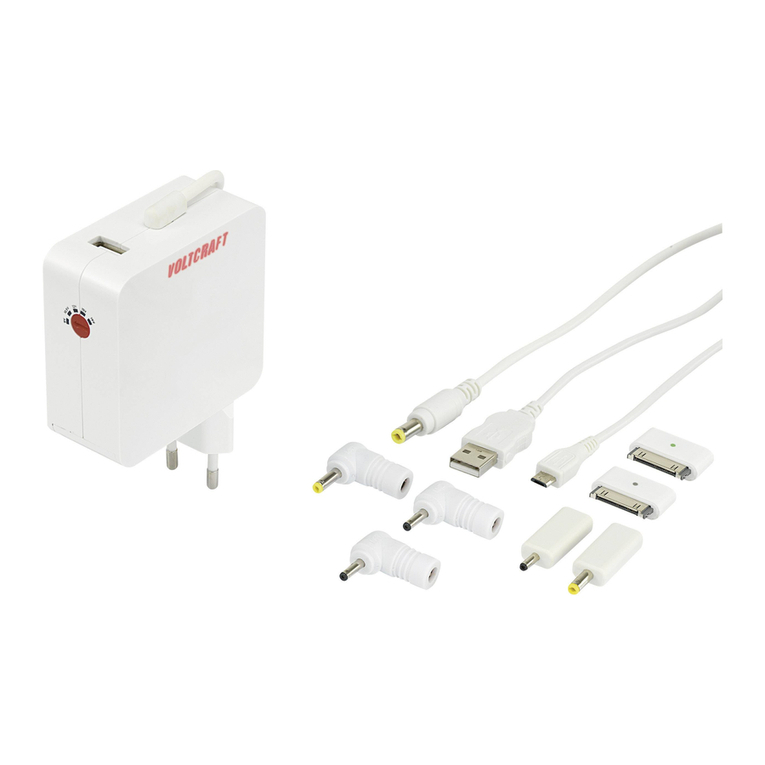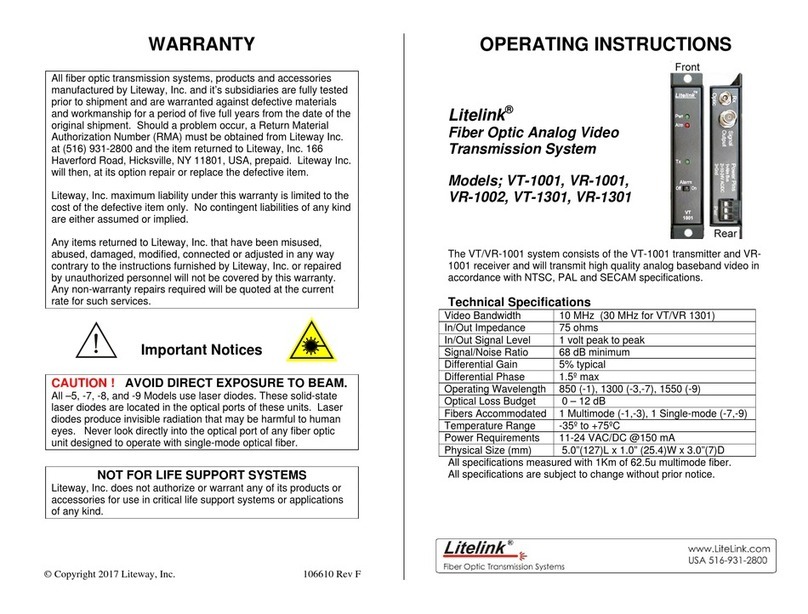
FOREWORD
To obtain
maximum
performance
andenjoyment
from the Model22358Stereo
Receiver,
please
studythese
instr'uctionscarefully.
Installingand
operating
the Model
22358is not complicated,
but the flexibility provided
by its numerous
operating
featuresmerits
yourbecoming
familiar
with its controlsand connections.Our recom-
mended
procedures
will assure
you of securing
the superb
performance
for which the Model
22358was
designed.
Forconvenience,
thismanual
isdividedintothree
parts. The first part covers
installation.The
second
part outlinesa simplified
operating
pro-
cedure
in a simple,nontechnical
manner.The
thirdpartprovides
amoredetaileddescription
oJ
the featuresof the Model22358.Detailedtech-
nicalspecificationsandfunctionalexplanations
are
includedinthis
part.
For quick identification
of the manycontrols,
connection
facilities,and adjustmentson the
Model22358StereoReceiver,
all referencesto
themin thismanualare
printed
in BoLDFACE
type.
AC Line
Operaticin
llARlllllfi:T0PnflffiflRt
0R$0Cl(lllzlR0,[0
ilotilP0$
iltstppilAilct
l0mtil0[i|0tslltnt.
1
AFTERUNPACKING
It is advisableto retain all originalpacking
materialto prevent
damageshould
you wish
to
transportor shiptheModel22358
(refer
to page
19for repackingandshippinginstructions),
Be
carefulthatyou
donotinadvertentlythrowaway
orlose
the
partspacked
withtheunit.
Please
inspect
yourStereo
Receivercarefully
for
any signsof shippingdamage.Our very strict
quality
control
and
professionalpride
ensure
that
each Model 22358 left the factory in perJect
condition. lf the unit is damaged
or fails to
operate,immediatelynotify your dealer.
lf the
unit was shippedto you directly,notify the
transportationcompanywithoutdelay.only you,
theconsignee,may institutea claim
againstthe
carrierfor shippingdamage.Savethecartonand
all packing
materialasevidenceof damage
for
their inspection.
Shouldassistance
be required,
the MarantzCompanywill cooperate
fully in
assisting
your
claim.
Pleasefill out andmailthe
WarrantyRegistration
Card
within ten daysof purchase.
Thecard
will
remainon file at the MarantzCompany
for the
durationof thewarranty
period.
Wealso
strongly
advisethat you retain your sales
receiptto
provideproof of purchase
in the eventthat
Warranty
service
issought,
GENERALDESCRIPTI(IN
The Marantz
Model
22358 is anall solid
state
receiverincorporatingthe innovativedesignand
unparalleledtechnologythathave
made
Marantz
famous
intheaudiocomponentindustry.
TheModel2235BfeaturesasensitiveFM
tuner,
a
highly selectiveAM tuner, a low distortion
preamplifier
andtwodirect
coupled
amplifierson
a singlechassis,
while retaininga flexibility
comparableto thatachieved
usingseparatecom-
ponents,
The
FM
tuner
utilizesanFET
frontend,
ceramiclF filters, and a phase
locked loop
multiplexdecoder.The AM tuner features
an
advancedintegratedcircuitand
ceramiclF filters
for highsele9tivityandsensitivity.
Theamplifier
sections
permit
theconneclionoftwostereo
pairs
of loudspeakers,a turntableor recordchanger,
two tape recorders,stereo
headphones,and an
auxiliarv
sourcesuchasanadditional
tuneror a
TV soundsource.
The22358alsofeatures
front
panel
DUBBING
jacks.

